When you’re gearing up for an exciting Kindergarten year teaching your child, you may want to make sure you’ve covered the preschool basics. No matter which Kindergarten curriculum you choose to use, there are ten things you need to know before starting Kindergarten with your child.
Ten Things to Know Before Starting Kindergarten
By covering these learning objectives before your child begins Kindergarten, he/she will have an easier time transitioning into the higher-level thinking skills that will be used. Take a look at this list and implement whatever you can to prepare your child to enter their first year of school.
1. First and Last Name
It’s important that your child be able to recognize his/her name on paper and be able to write at least his/her first name. Make sure they are using a capital letter in the beginning of their name and lowercase in the rest. In Kindergarten, they will practice writing their name each day.
2. Recognition of the Alphabet
Capital letters are most common in the pre-school world. Blocks, typing pads and multiple other learning tools often use only capital letters: ABC. However, lower case letters are actually used more often in every day print, therefore they are very important. If you have the opportunity for your child to know both upper and lowercase, this is ideal. Either way, letter recognition is highly important for a successful start in Kindergarten. Free Alphabet Printables Here.
3. Sounds Heard in Words
If your child is already recognizing their letters, start going over the sounds that letters make at the beginning middle and end of a word. However, it’s not necessary that they can match letters with their sounds yet. The more important thing is that they recognize that words are made up of different sounds found in the beginning, middle and end. Ask your child what sounds they hear in the word cat (they would say c – a – t). Free Making Words Printables Here.
4. Rhyming Words
Young children love finger plays, poems, rhymes, songs and chants. By making these a daily routine, children will learn expression through words and sounds. Rhyming enables students to decode words and practices necessary listening skills that will benefit the reading process. Free Word Family Rhyme Charts Here.
5. A Love of Books
It’s important at a young age for children to gain a fondness for books. Make it a priority to read every day with your child, even for as little as 5 min. As you’re reading, point out features within the book such as the letters, words and pictures that your child sees. Analyze expressions on faces or body language and help them predict what might happen before turning the page. They may not be able to read the words yet, but they can begin to gain an understanding that letters form words, words are read from left to right and pages are turned in order. Having a love for books will foster a lifetime of learning.
6. One-to-One Counting Correspondence
It’s a good idea during the preschool years to begin to model for your child how to count small objects, one at a time. Use playtime as an opportunity to show your child how to count: pointing to one object at a time while saying out loud: “One, Two, Three…”. Preschoolers should be able to count to ten verbally while pointing to one object at a time. If they can recognize those numbers before Kindergarten, that’s a plus, but not a necessity as most kindergarten curricula include number recognition. Free Number of the Day Worksheets Here
7. Basic Colors
Talk to your child often about the colors of objects he/she sees and touches throughout the day. They will pick up on this necessary vocabulary in no time! It’s ideal to teach them the basic colors: red, orange, yellow, green, blue, purple, as well as brown, black, and white. Color Science For Kids
8. Basic Shapes
Squares, Circles, Ovals, Diamonds, Stars and Triangles are shapes your preschooler can recognize all around his/her environment on a daily basis. Point these shapes out to them and talk about their features such as sides, curves, points. Shape of the Week Program
9. Vocabulary in the World Around Them
Give your child every opportunity to learn what the names of animals, people, places, or things are. Reading board books and picture books to your child helps them build their vocabulary. Talk to them about the many different objects in their world and ask them what sounds they make, what color they are, or how they taste, smell or feel.. For example, teach them all different ways to say “big”: gigantic, enormous, huge and compare it to something else. “That bear is larger than 10 dogs put together.” You will be amazed at all the words they can use to express the world around them.
10. Independence
Kindergarten is a huge year of emotional growth and independence for young children, and they’re ready to show you what they can do all by themselves! Begin to prepare them by having them do things on a daily basis, such as learning to tie their shoes, using the bathroom independently, putting away their own dishes after meals, or cleaning up their toys after they’ve made a mess.
This list is a basic resource of 10 things to know before starting Kindergarten with your homeschooler. Chances are, if your child knows these ten things, then he/she will easily transition into a fun Kindergarten year.
Looking for Kindergarten Curriculum?
Check out our Kindergarten Bundle:
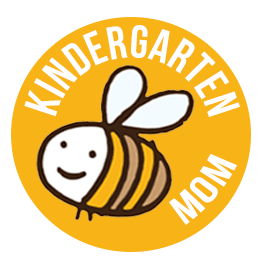

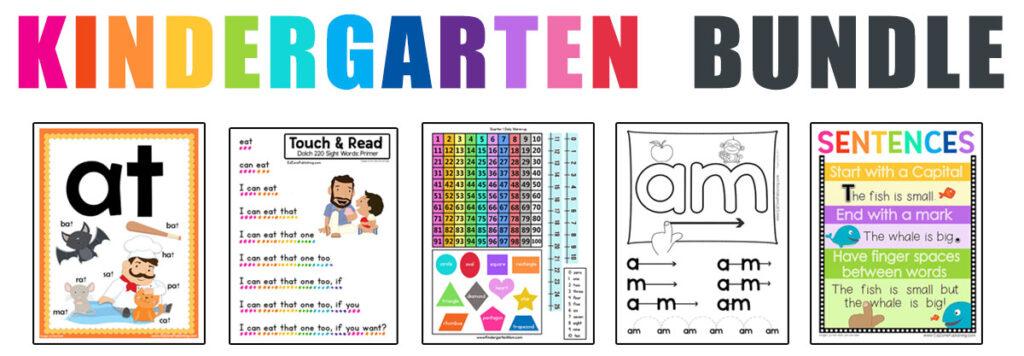
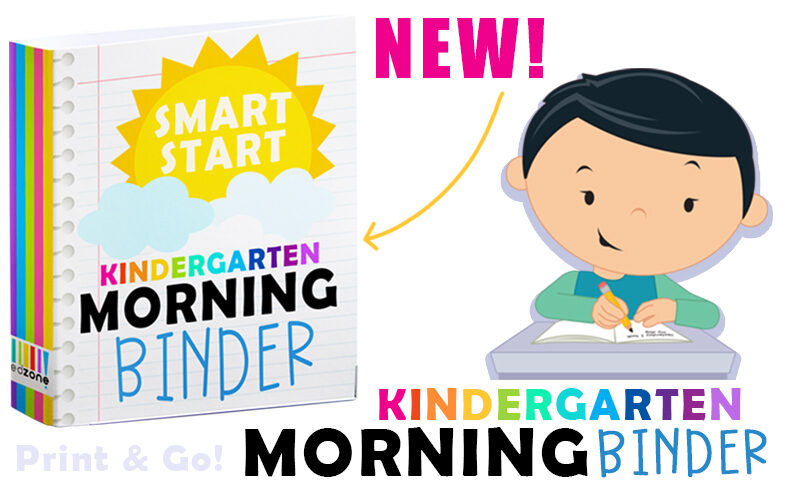
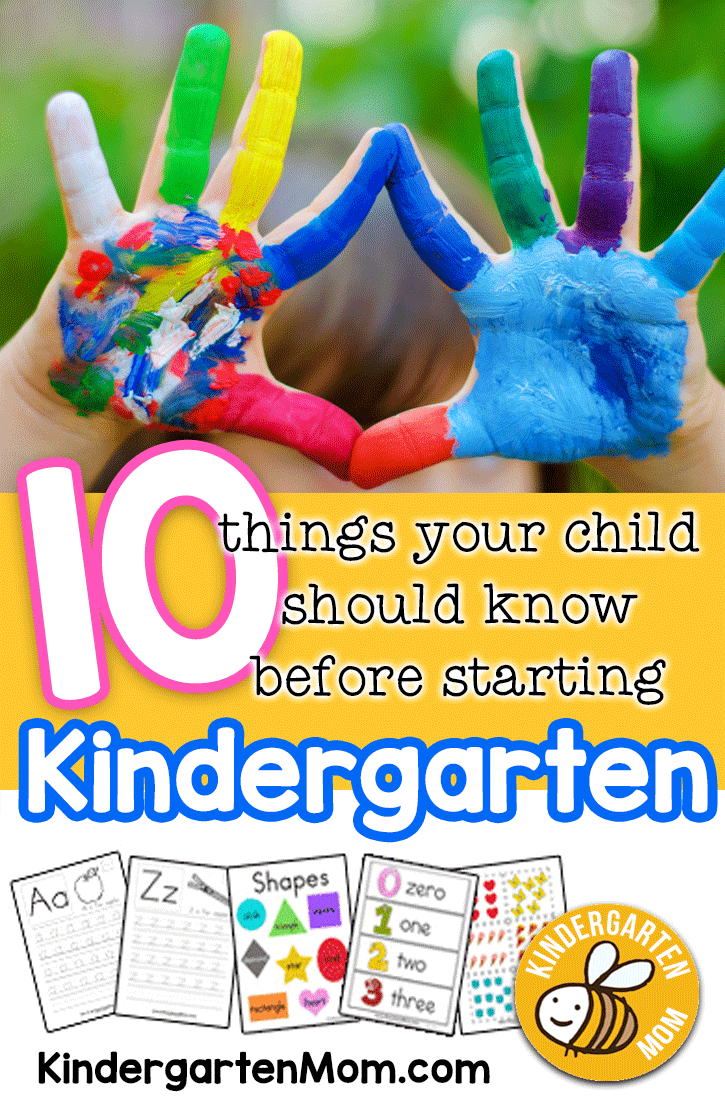
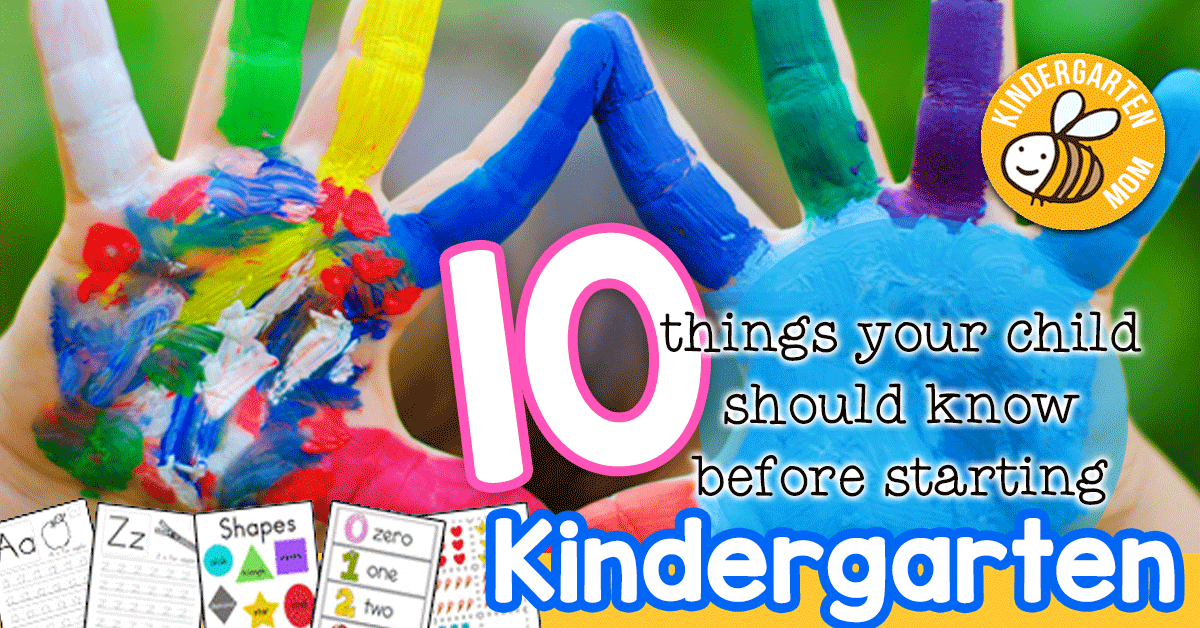
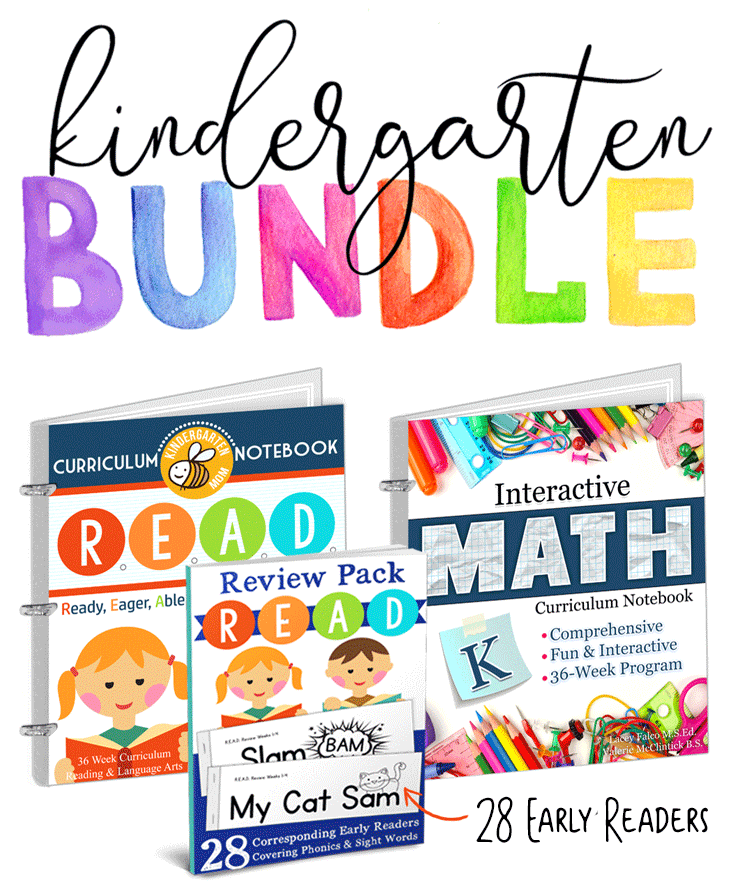
Leave a Reply